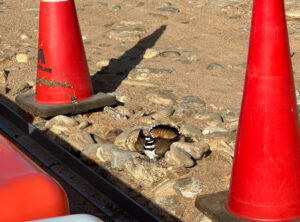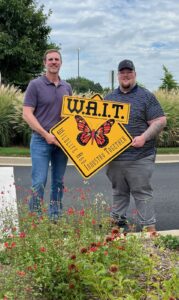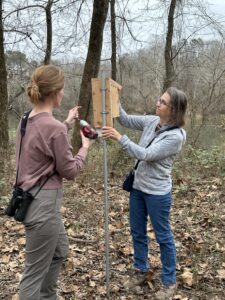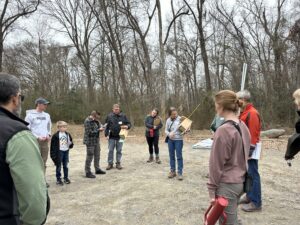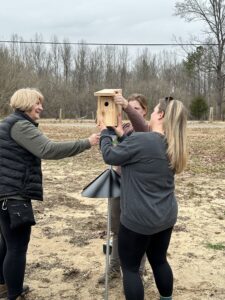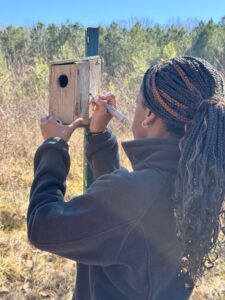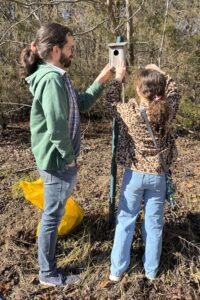A recent resolution was passed by the S.C. General Assembly that officially declared the nights of March through May and August through October as “Lights Out Nights in South Carolina Season” and urges South Carolina residents to turn out non-essential lights at night during these critical periods in the spring and fall for the protection of birds in South Carolina.
The Cornell Lab of Ornithology uses BirdCast to track and forecast bird migration across the U.S., and has reported during peak migration periods, over a billion birds can migrate across the country in a single night! Every year, billions of birds migrate north in the spring and south in the fall, the majority of them flying at night, navigating the night sky.
 The dark skies allow the migrating birds to avoid predators, take advantage of calmer air, and utilize the moon and stars for navigation. However, as birds pass over communities and cities on their way, they can become disoriented by bright artificial lights and skyglow. Some birds become casualties of nighttime collisions with windows and walls. Others circle in confusion until dawn, when they land exhausted and are subject to other urban threats. This issue impacts hundreds of species, including priority species such as the wood thrush and the seaside sparrow.
The dark skies allow the migrating birds to avoid predators, take advantage of calmer air, and utilize the moon and stars for navigation. However, as birds pass over communities and cities on their way, they can become disoriented by bright artificial lights and skyglow. Some birds become casualties of nighttime collisions with windows and walls. Others circle in confusion until dawn, when they land exhausted and are subject to other urban threats. This issue impacts hundreds of species, including priority species such as the wood thrush and the seaside sparrow.
Thanks to the work of Audubon South Carolina, in collaboration with SCWF, the passing of this resolution is an important step towards a binding lights out ordinance that will require certain buildings in cities and towns across South Carolina to adopt bird-friendly lighting practices. The Charleston City Council passed a similar “Lights Out” proclamation on March 11th , which will hopefully lead to other cities and towns in South Carolina to follow suit. It was great to see the City of Charleston recognize lights out as a way to protect migratory birds passing through our skies. Special thanks to council member Ross Appel for working on this important initiative for our birds!
Jennifer Tyrrell with Audubon South Carolina stated, “It was great to see the City of Charleston recognize lights out as a way to protect migratory birds passing through our skies. Special thanks to council member Ross Appel for working on this important initiative for our birds!”
Join individuals and businesses across South Carolina to help our feathered friends on their long journeys with Lights Out South Carolina! Through taking collective action, we can help ensure that South Carolina skies provide safe passage.

See the full Senate Resolution at the link below:
https://www.scstatehouse.gov/sess126_2025-2026/bills/339.htm
Check out this webinar on the dangers that birds face during migration, issues of light pollution for wildlife, and the steps we can all take to protect birds and wildlife.
https://www.youtube.com/watch?v=BsS2n9yY1DU
Want to monitor bird migration for South Carolina or your city? Check out Cornell’s BirdCast Migration Dashboard.
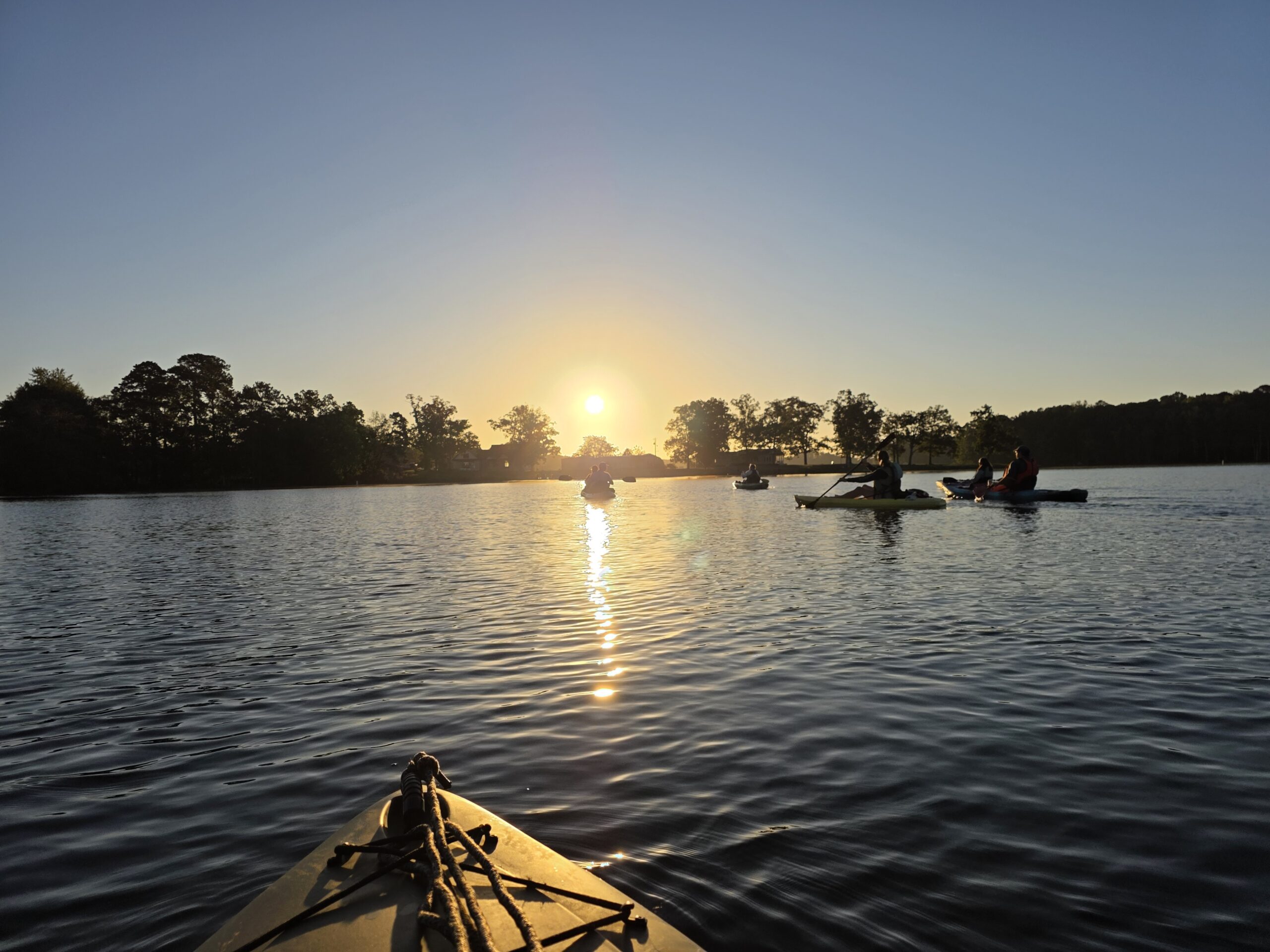
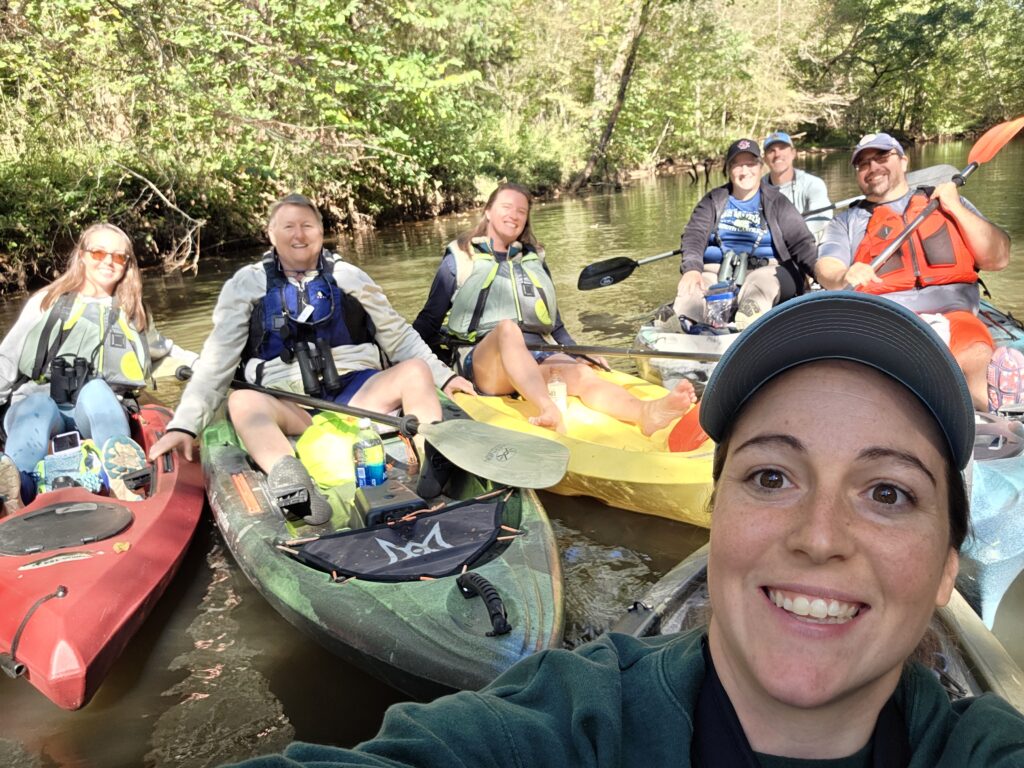
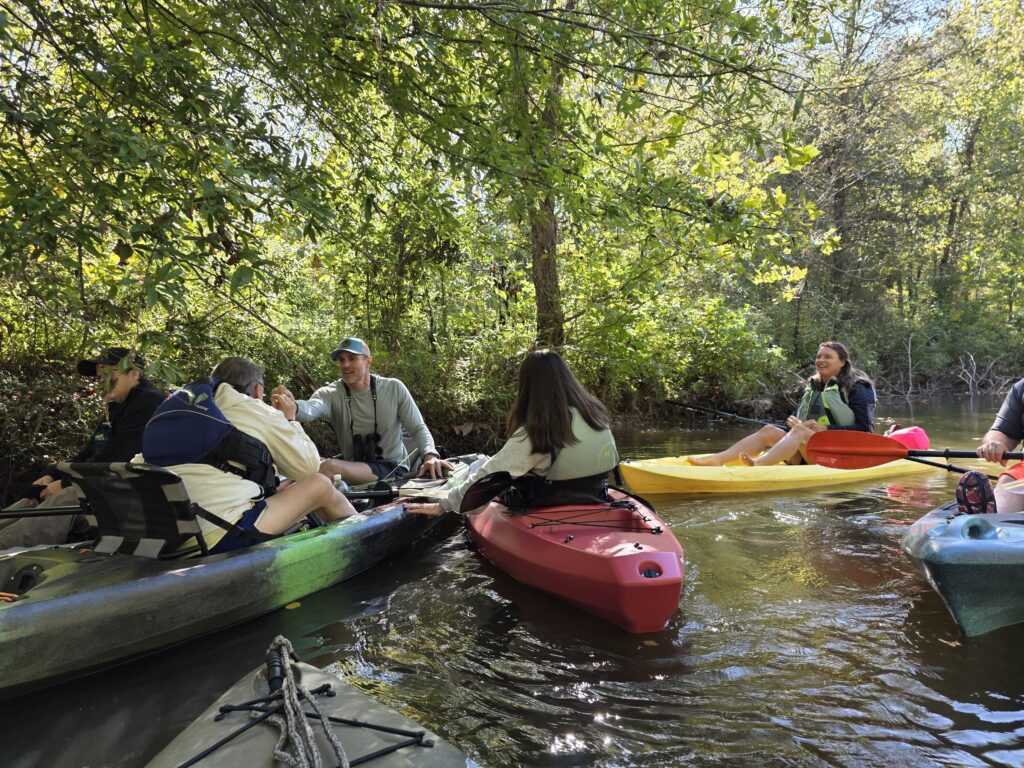
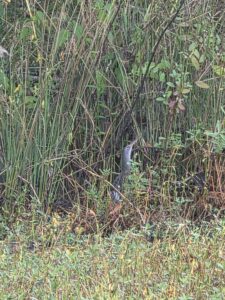
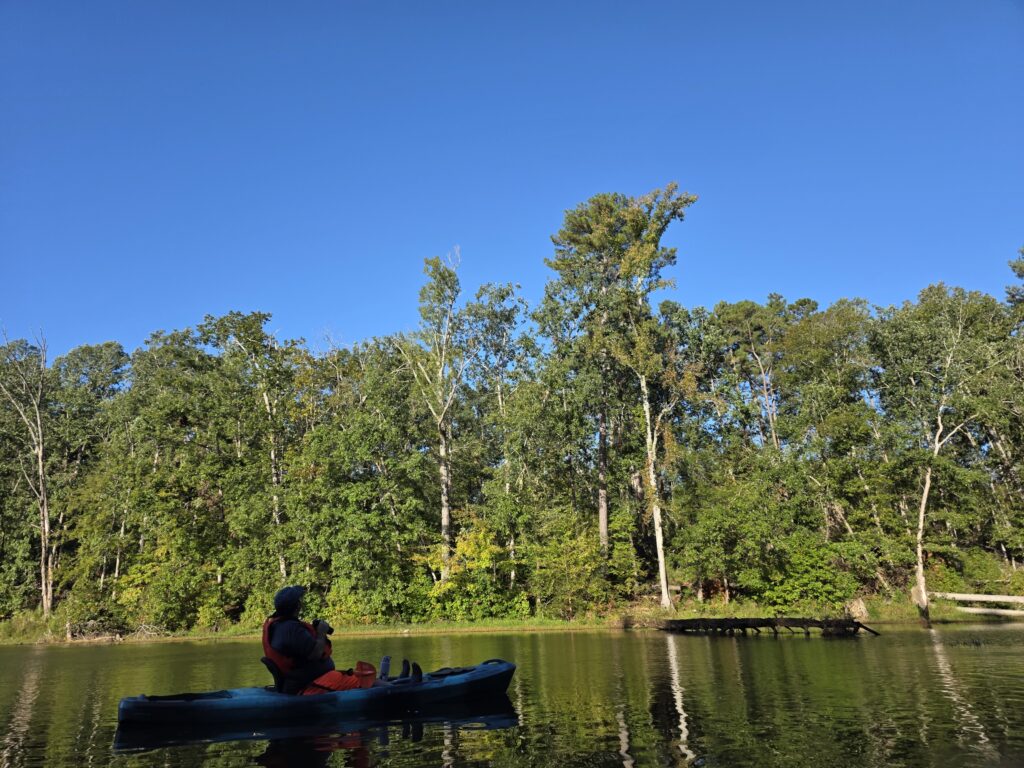
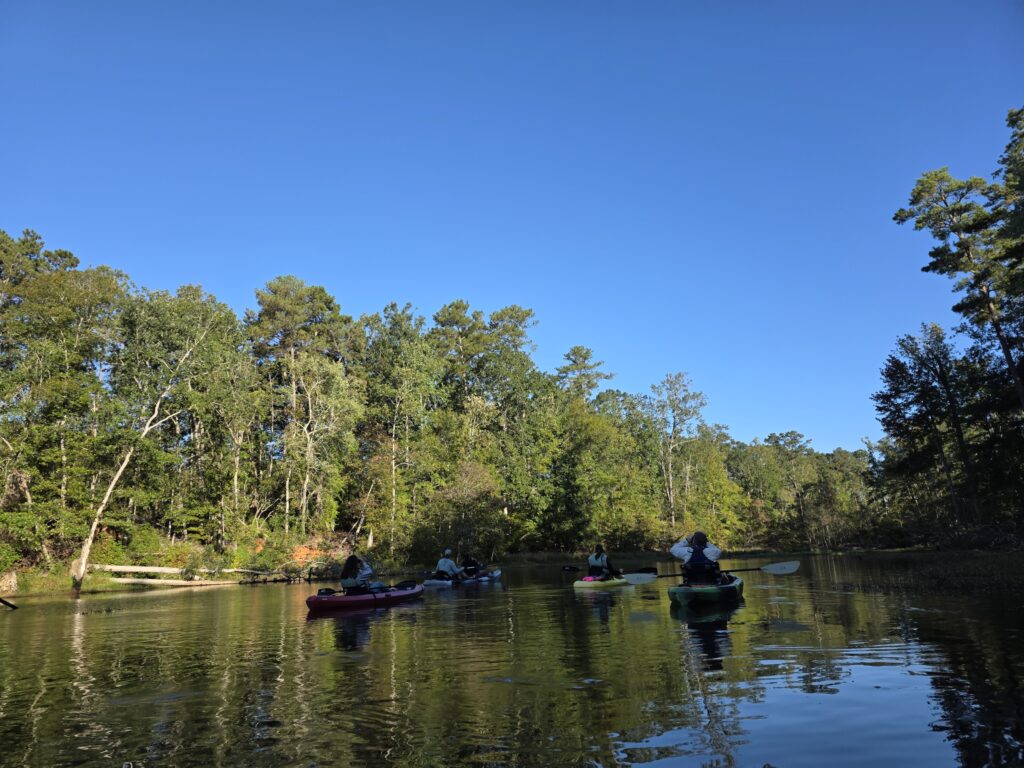
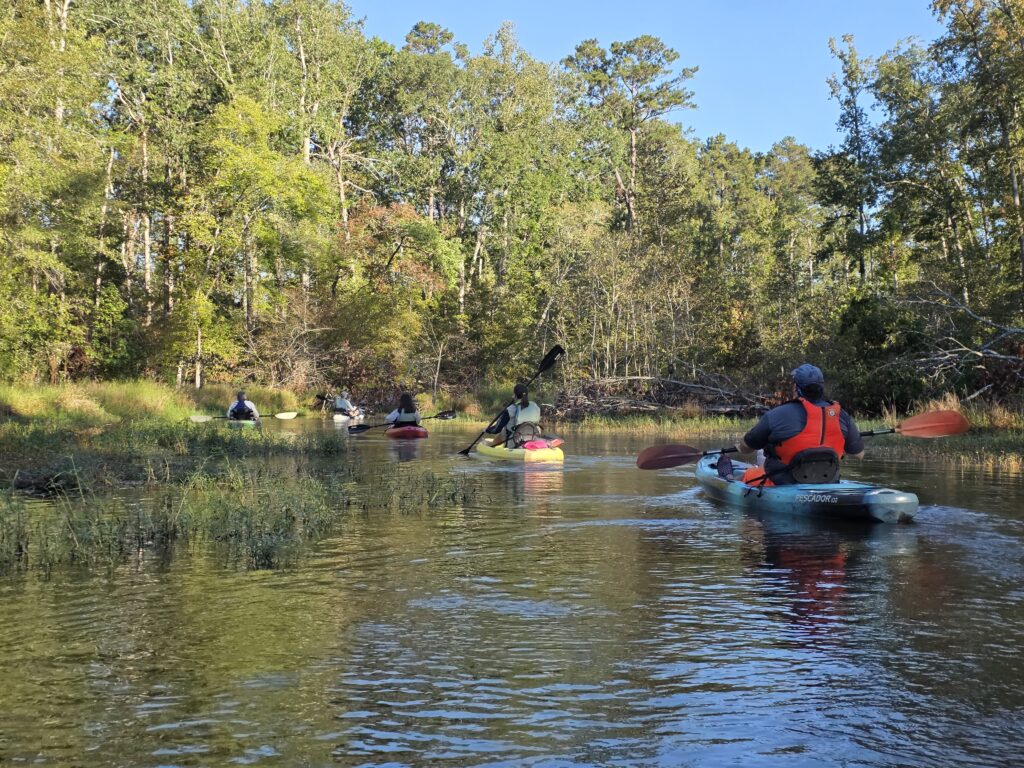
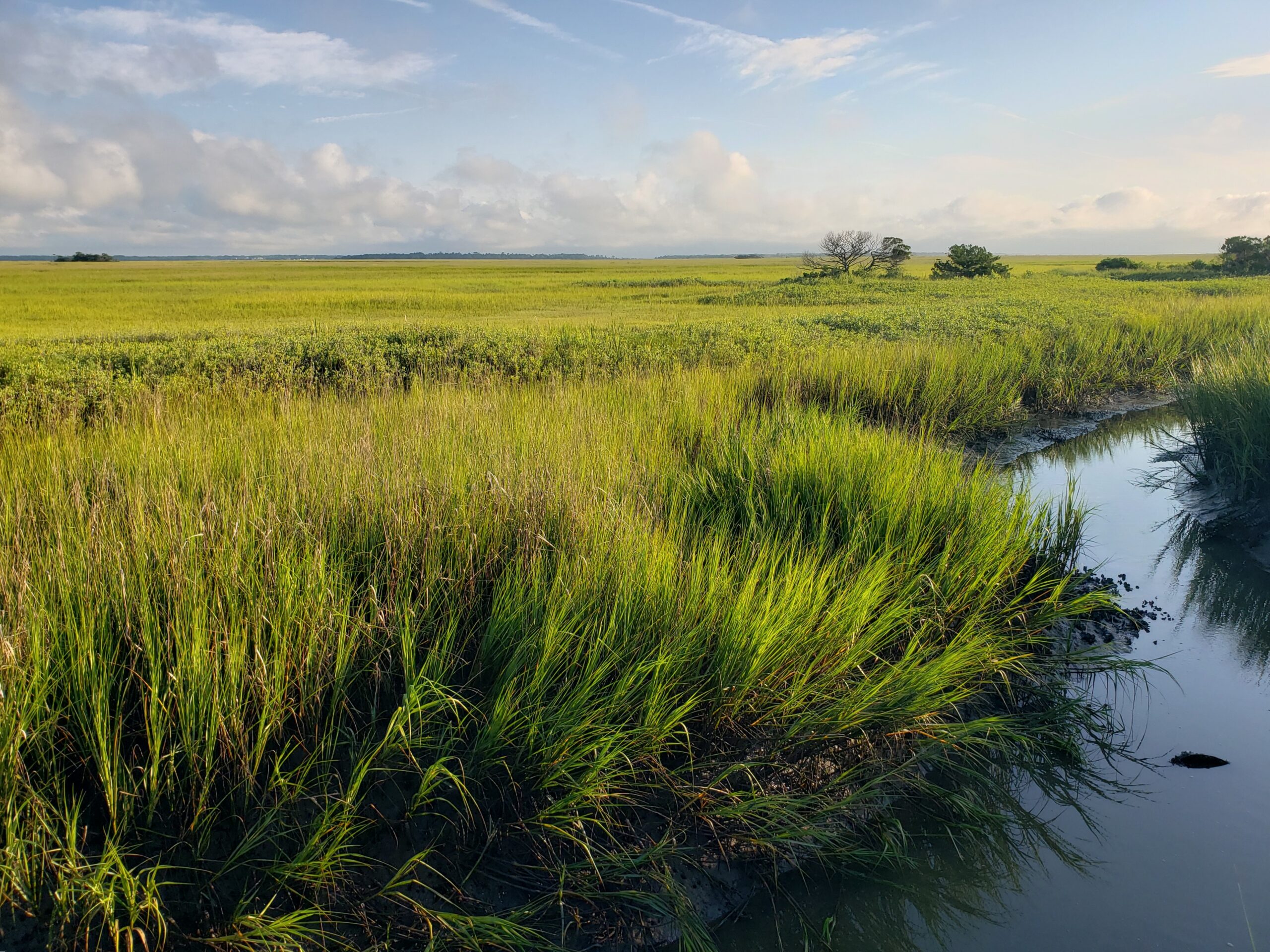
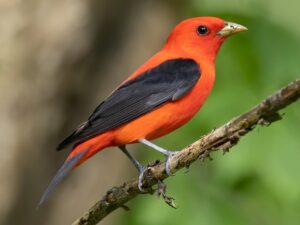
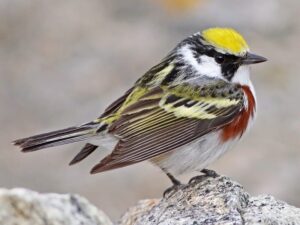


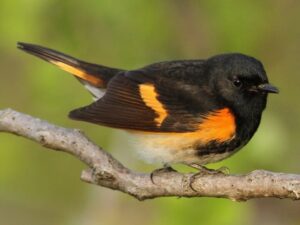
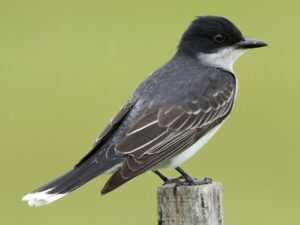

 The dark skies allow the migrating birds to avoid predators, take advantage of calmer air, and utilize the moon and stars for navigation. However, as birds pass over communities and cities on their way, they can become disoriented by bright artificial lights and skyglow. Some birds become casualties of nighttime collisions with windows and walls. Others circle in confusion until dawn, when they land exhausted and are subject to other urban threats. This issue impacts hundreds of species, including priority species such as the wood thrush and the seaside sparrow.
The dark skies allow the migrating birds to avoid predators, take advantage of calmer air, and utilize the moon and stars for navigation. However, as birds pass over communities and cities on their way, they can become disoriented by bright artificial lights and skyglow. Some birds become casualties of nighttime collisions with windows and walls. Others circle in confusion until dawn, when they land exhausted and are subject to other urban threats. This issue impacts hundreds of species, including priority species such as the wood thrush and the seaside sparrow.

